Growing Awareness of Genetic Diseases
The increasing awareness of genetic diseases is significantly influencing the Cord Blood Banking Services Market. As more individuals become informed about the hereditary nature of certain conditions, the demand for preventive measures, such as cord blood banking, is likely to rise. Educational campaigns and healthcare initiatives are playing a crucial role in disseminating information about the benefits of cord blood storage, particularly in relation to genetic disorders. This heightened awareness is expected to drive more families to consider banking their newborn's cord blood as a safeguard against potential health issues. Consequently, the Cord Blood Banking Services Market may experience a notable uptick in demand as parents seek to ensure the best possible health outcomes for their children.
Rising Birth Rates in Emerging Economies
The rising birth rates in emerging economies are poised to act as a catalyst for the Cord Blood Banking Services Market. As populations grow, the number of expectant parents seeking to preserve their newborn's cord blood is likely to increase. This trend is particularly evident in regions where healthcare access is improving, and awareness of the benefits of cord blood banking is spreading. The potential for treating various medical conditions using stem cells derived from cord blood is becoming more widely recognized, further driving demand. Consequently, the Cord Blood Banking Services Market may witness substantial growth in these regions, as more families opt for cord blood banking services as a proactive health measure.
Increasing Demand for Stem Cell Therapies
The rising demand for stem cell therapies is a pivotal driver in the Cord Blood Banking Services Market. As advancements in regenerative medicine continue to unfold, the therapeutic potential of stem cells derived from cord blood is becoming increasingly recognized. According to recent estimates, the market for stem cell therapies is projected to reach several billion dollars by 2026, indicating a robust growth trajectory. This surge in demand is likely to encourage expectant parents to consider cord blood banking as a proactive measure for future health needs. The potential for treating various conditions, including blood disorders and certain cancers, further amplifies the appeal of cord blood banking. Consequently, this growing interest in stem cell therapies is expected to significantly bolster the Cord Blood Banking Services Market, as more families opt to preserve their newborn's cord blood for potential medical use.
Regulatory Support for Cord Blood Banking
Regulatory frameworks supporting cord blood banking are emerging as a key driver in the Cord Blood Banking Services Market. Governments and health organizations are increasingly recognizing the importance of cord blood as a valuable resource for medical treatments. This recognition has led to the establishment of guidelines and standards aimed at ensuring the safety and efficacy of cord blood banking practices. Such regulatory support not only enhances consumer confidence but also encourages investment in the sector. As regulations become more favorable, it is likely that more facilities will enter the market, thereby increasing competition and driving innovation. This supportive regulatory environment is expected to contribute positively to the growth trajectory of the Cord Blood Banking Services Market.
Technological Innovations in Banking Services
Technological advancements are transforming the Cord Blood Banking Services Market, enhancing the efficiency and reliability of cord blood collection and storage processes. Innovations such as automated processing systems and advanced cryopreservation techniques are improving the viability of stored stem cells, thereby increasing their potential for therapeutic applications. Furthermore, the integration of digital platforms for tracking and managing cord blood units is streamlining operations for banking facilities. As technology continues to evolve, it is anticipated that these innovations will not only improve service quality but also attract more clients to cord blood banking services. The ongoing investment in research and development within this sector suggests a promising future for the Cord Blood Banking Services Market, as facilities strive to offer cutting-edge solutions to meet consumer expectations.


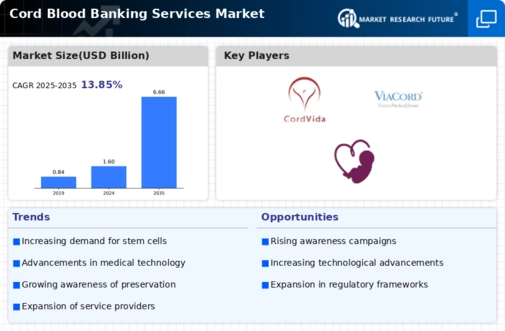
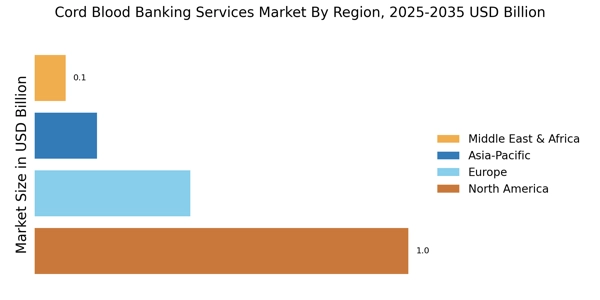
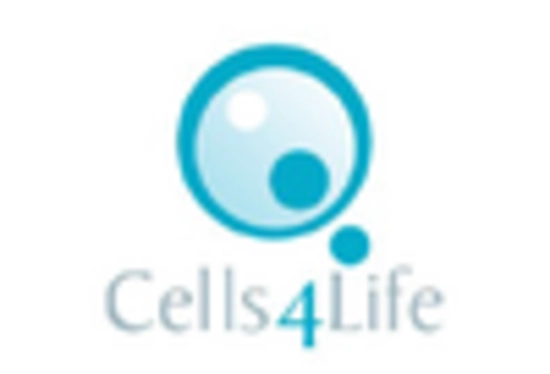
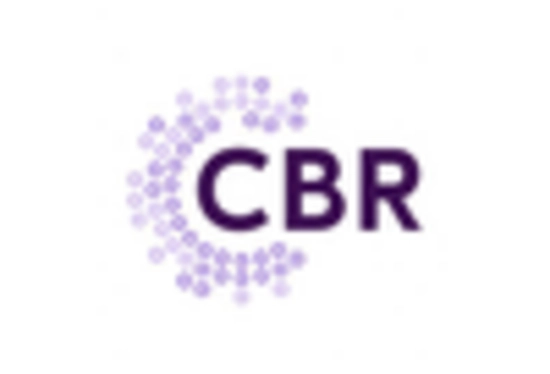
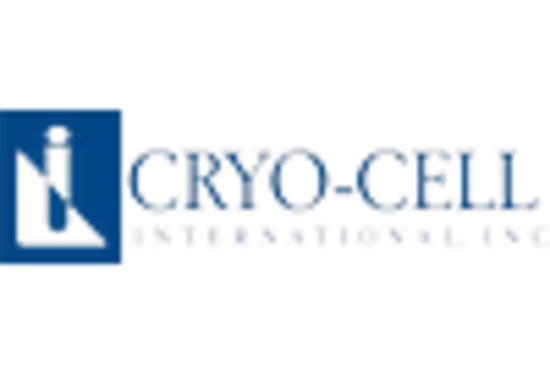
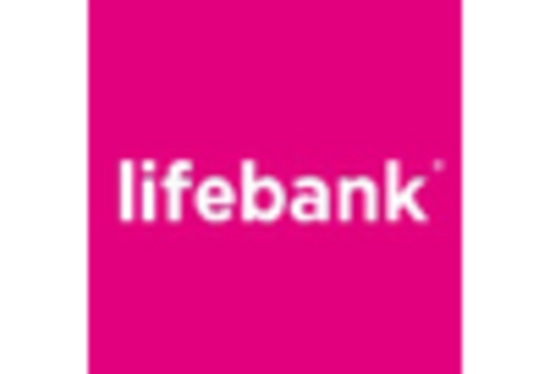
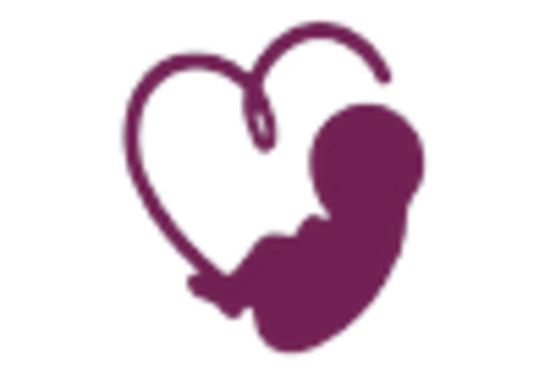
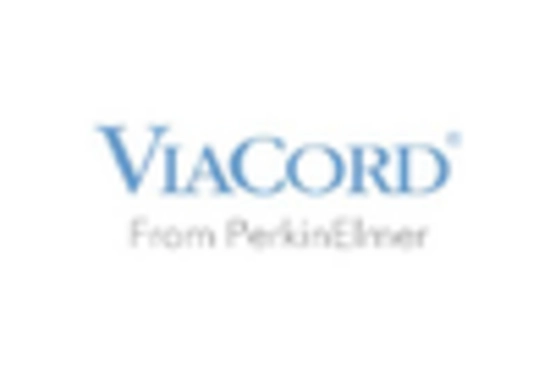








Leave a Comment